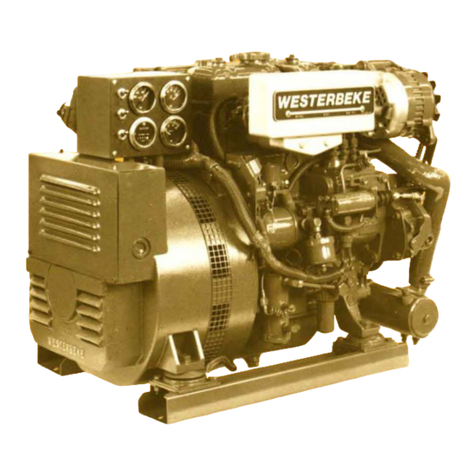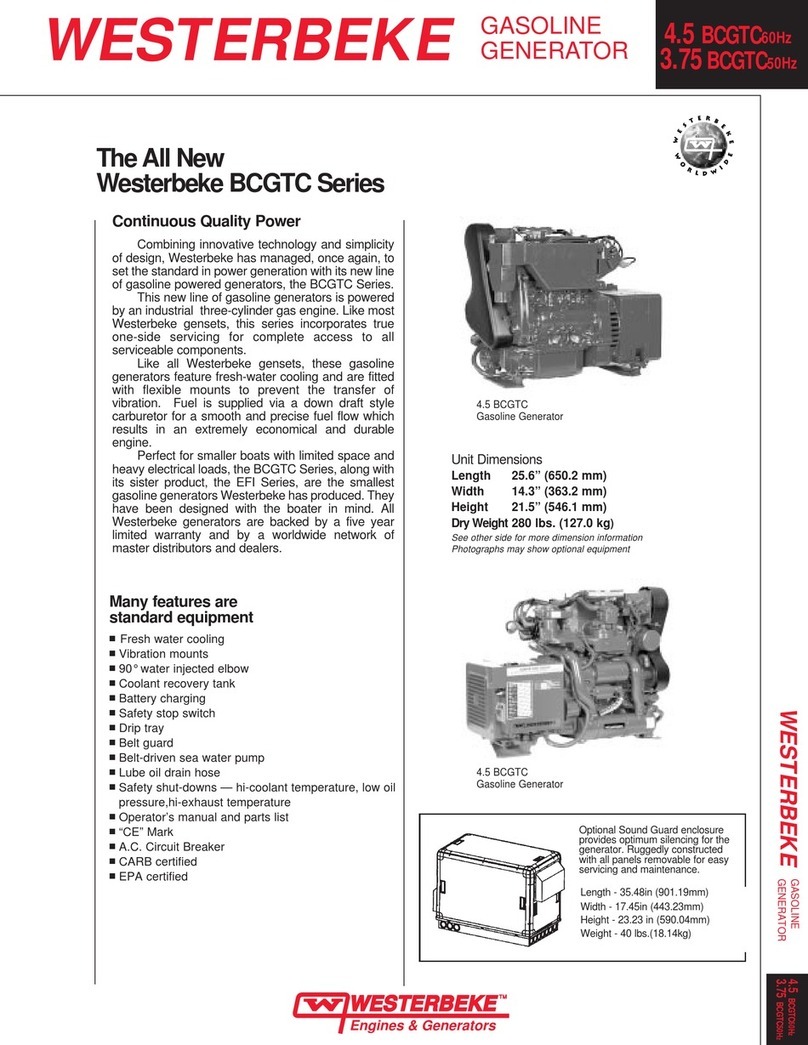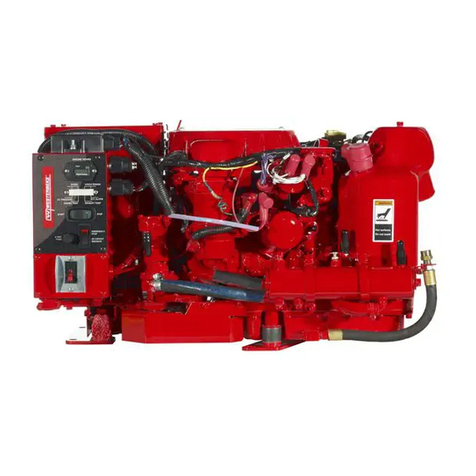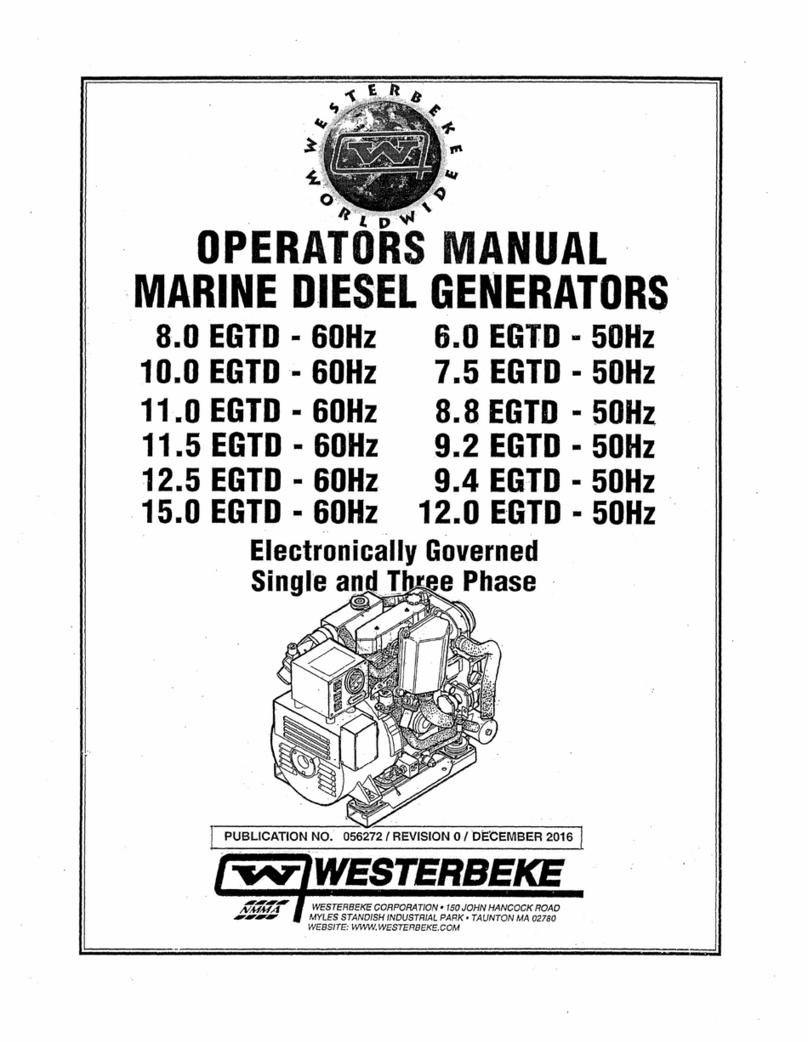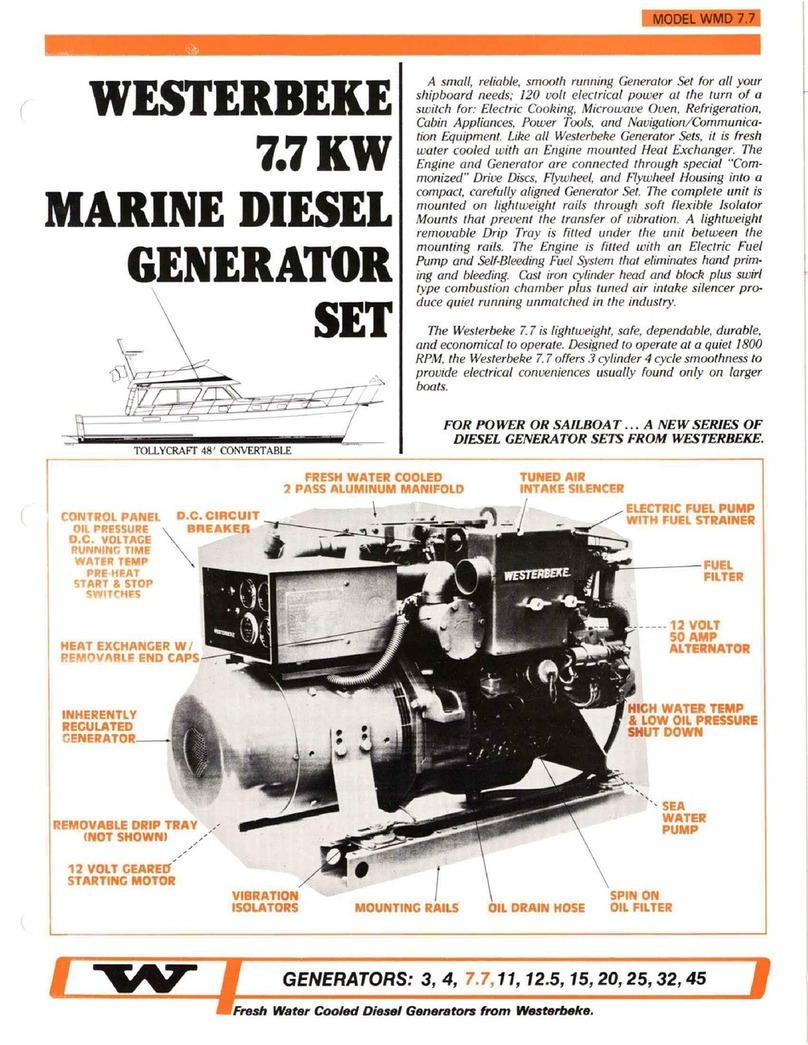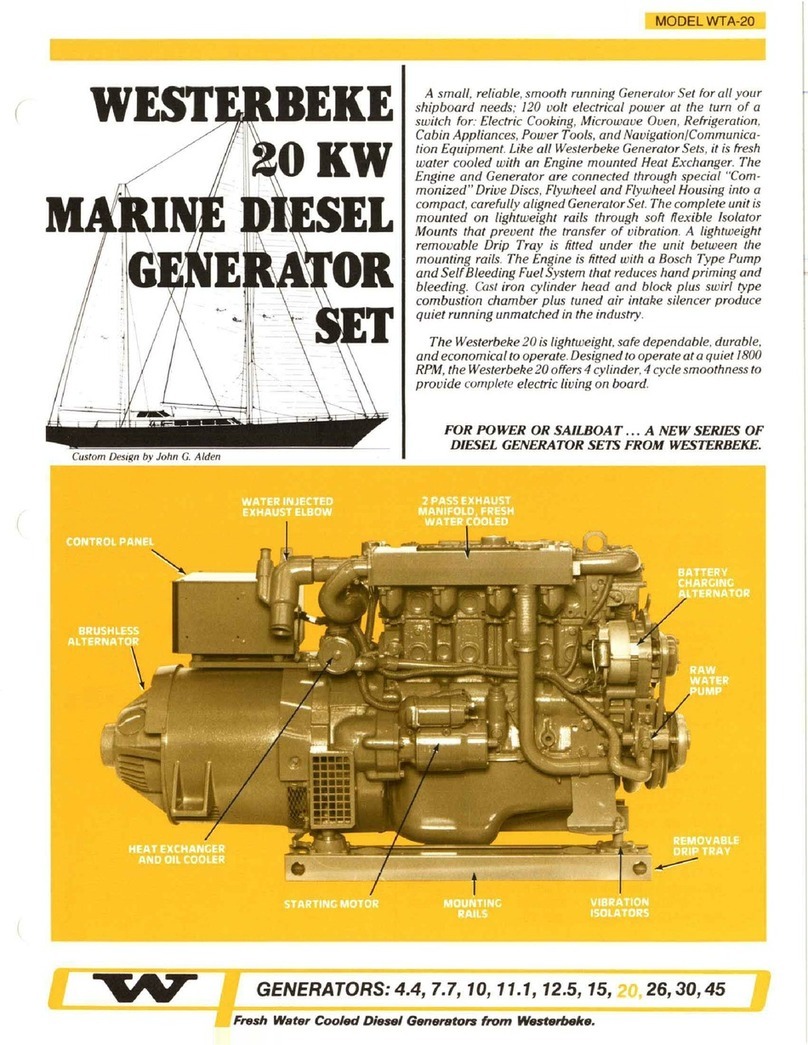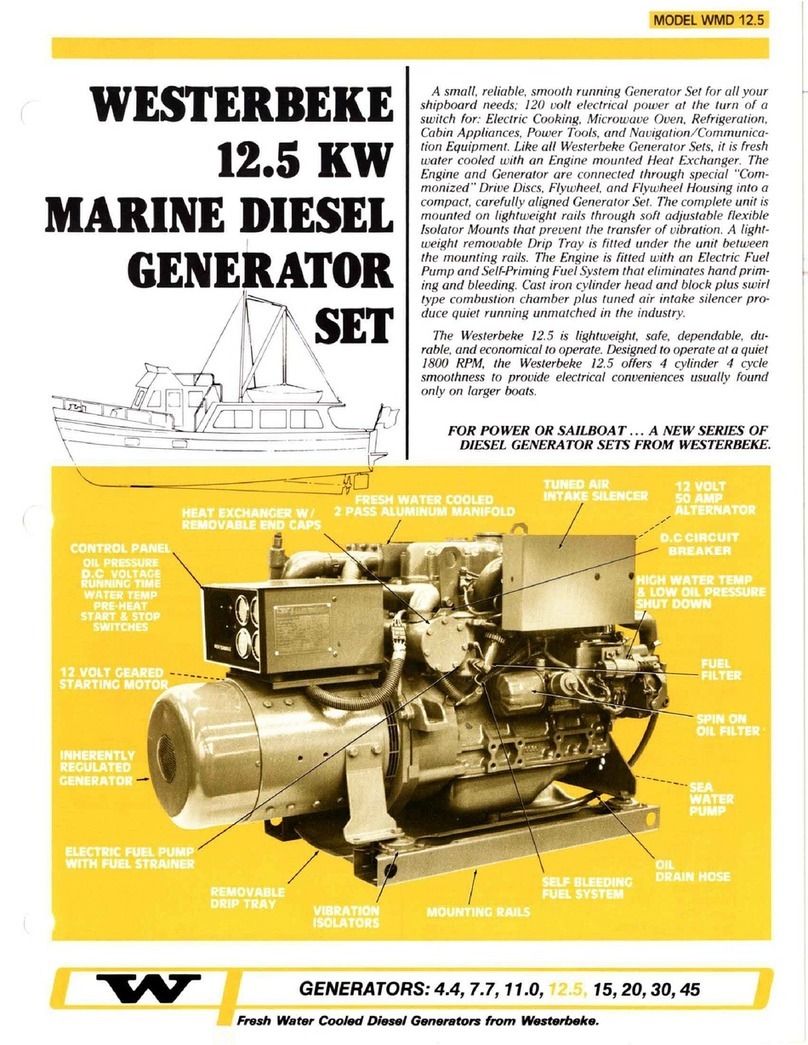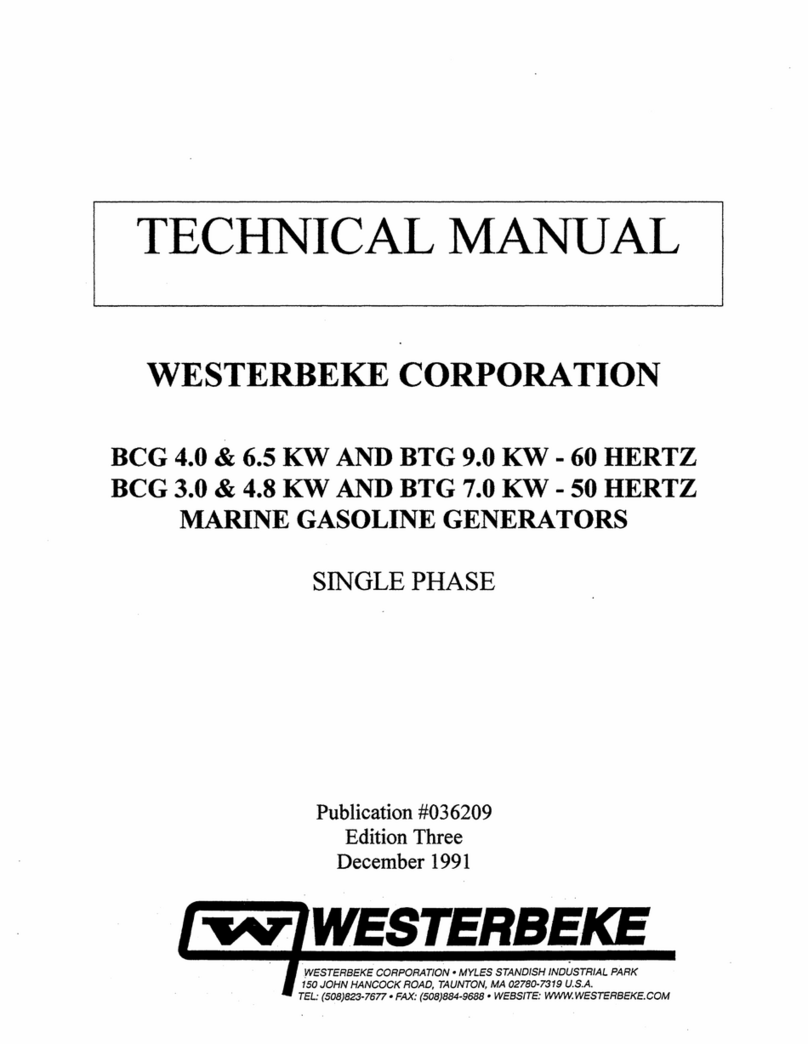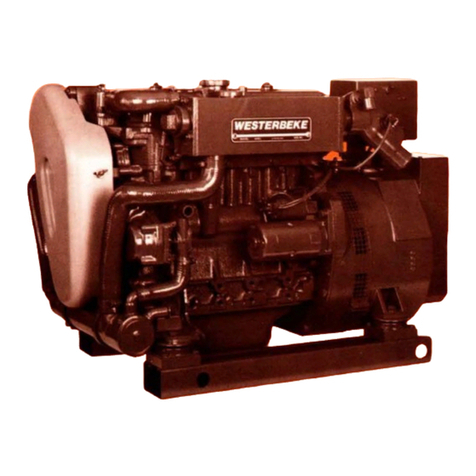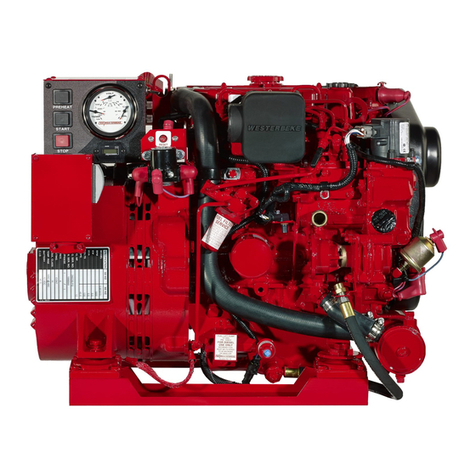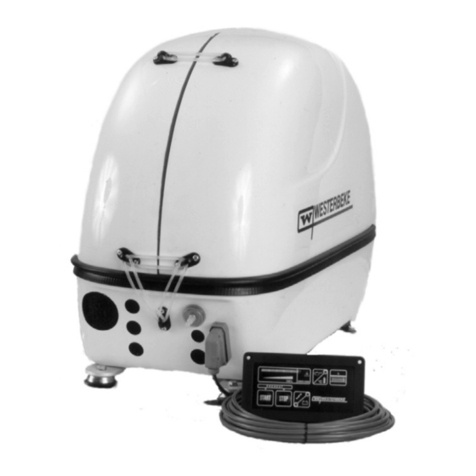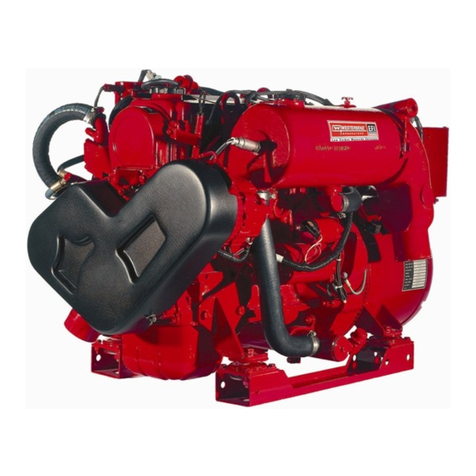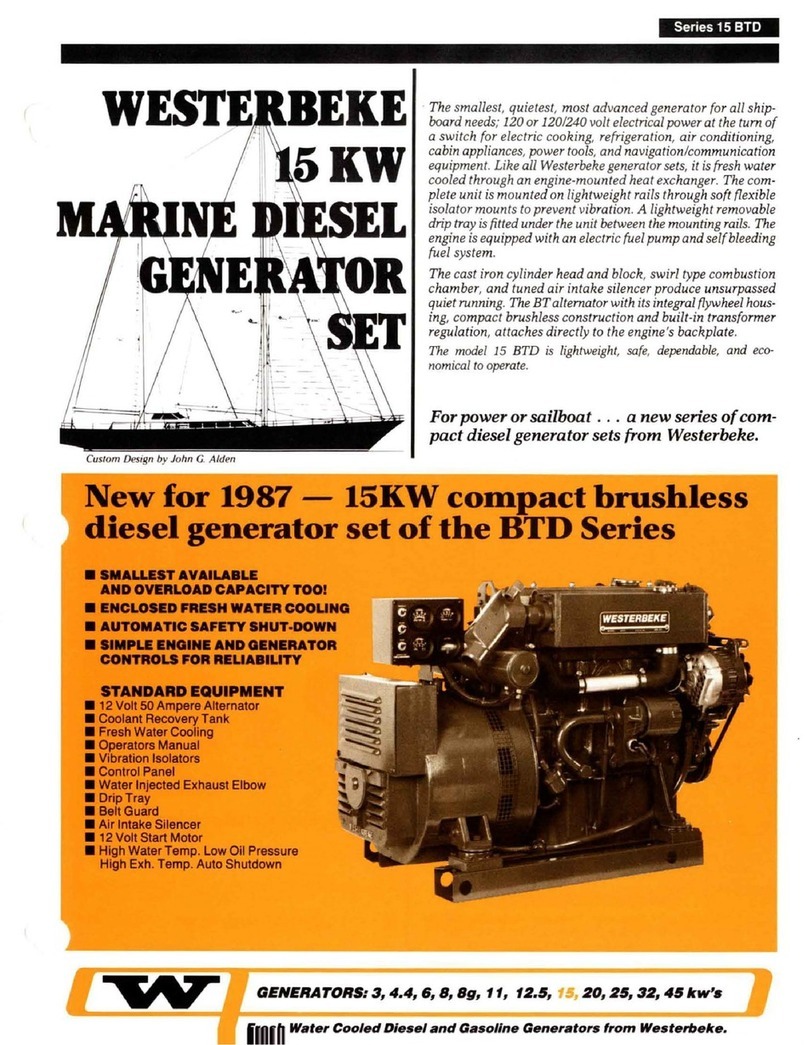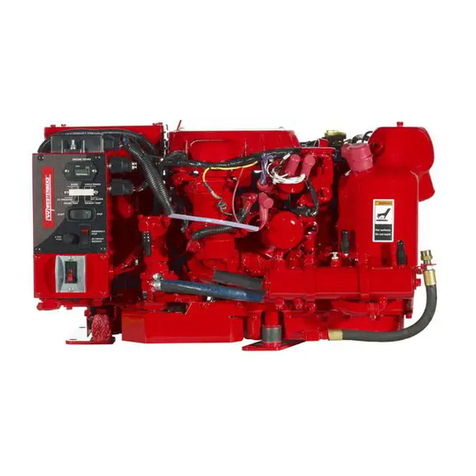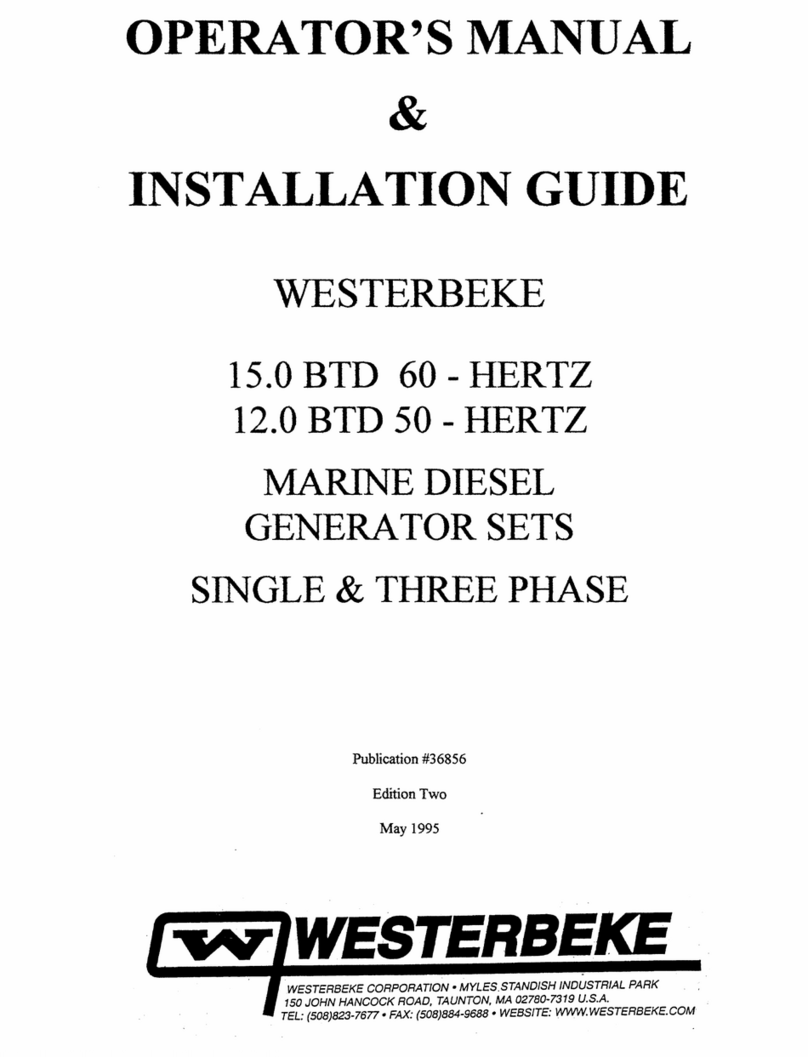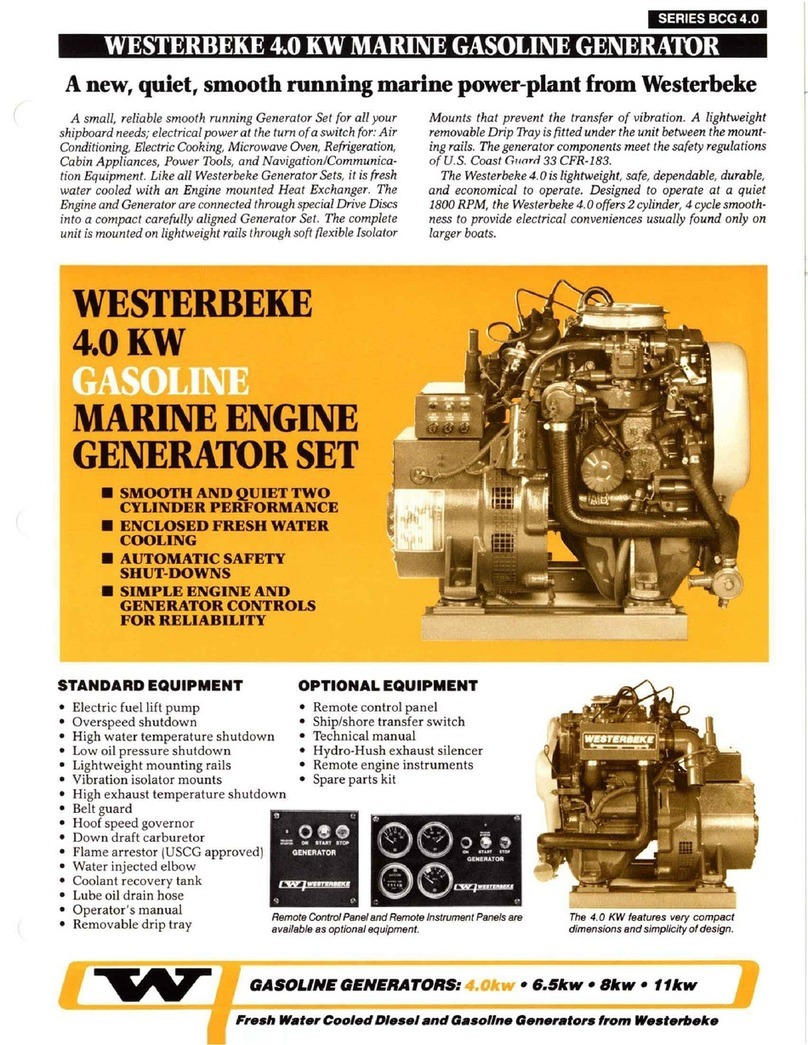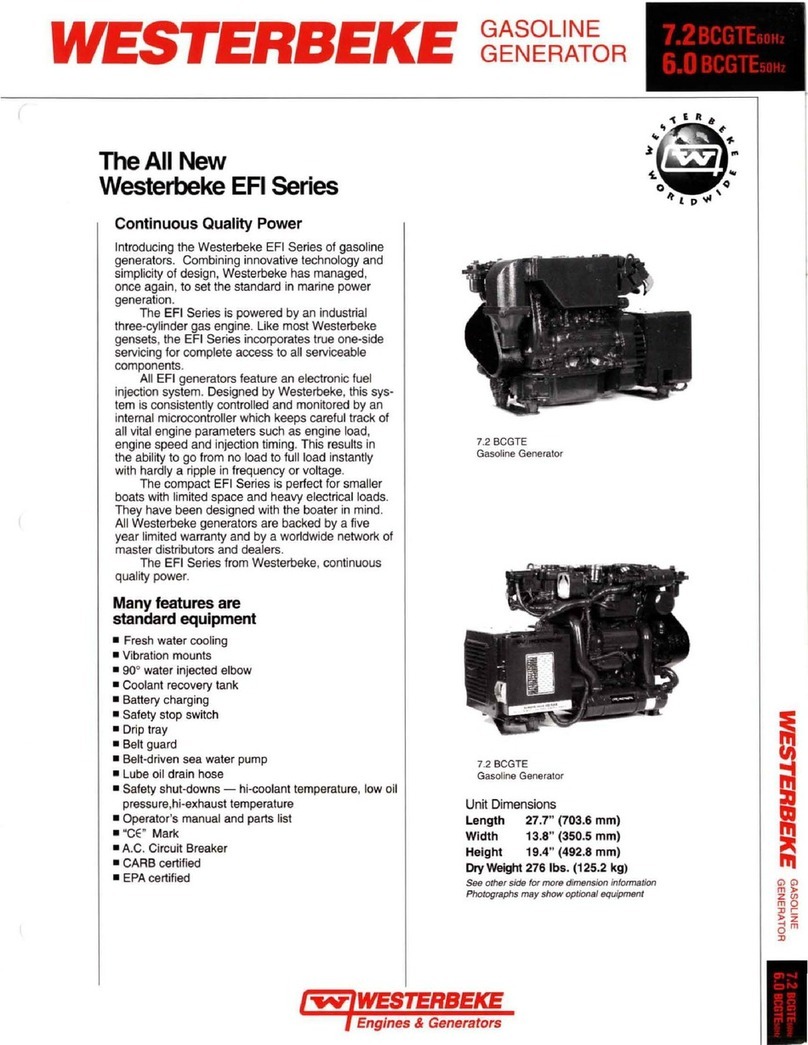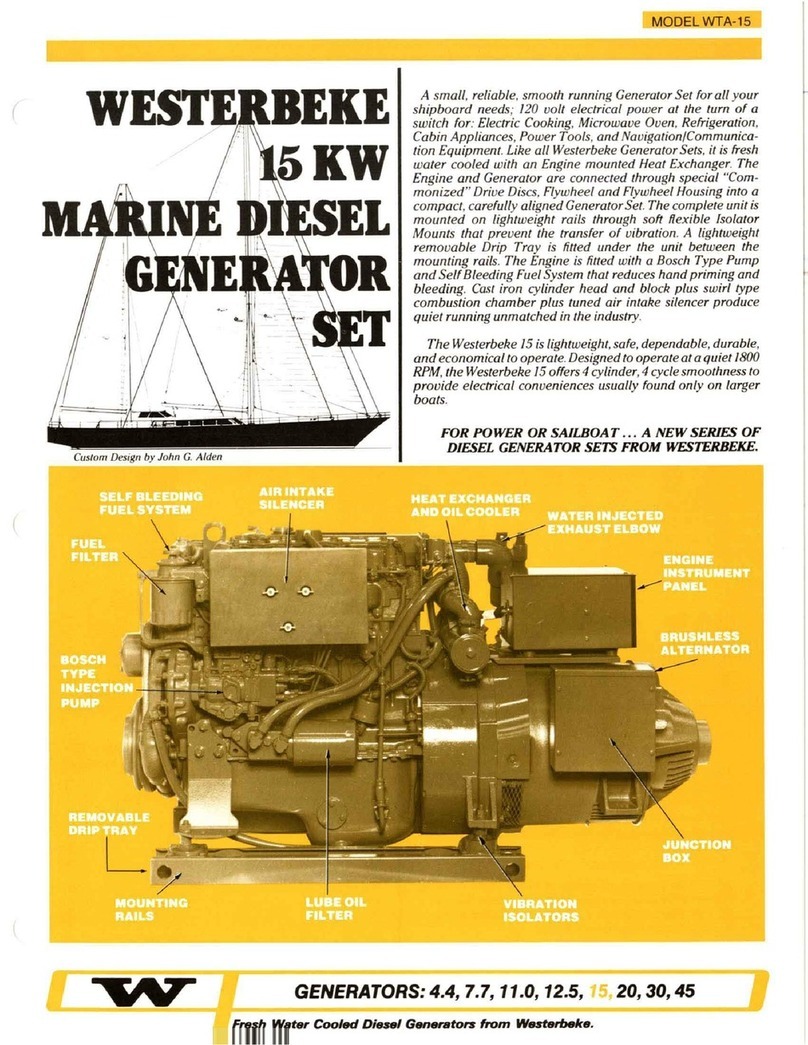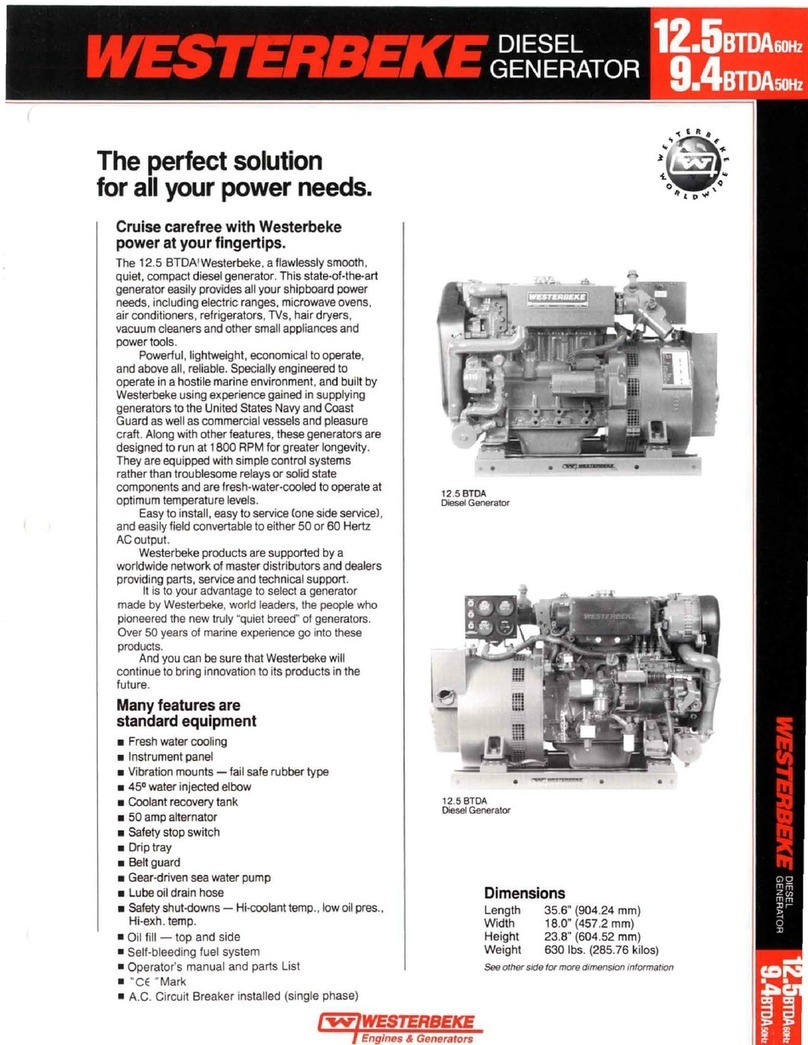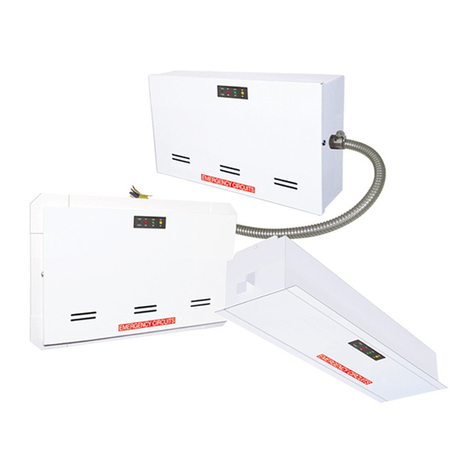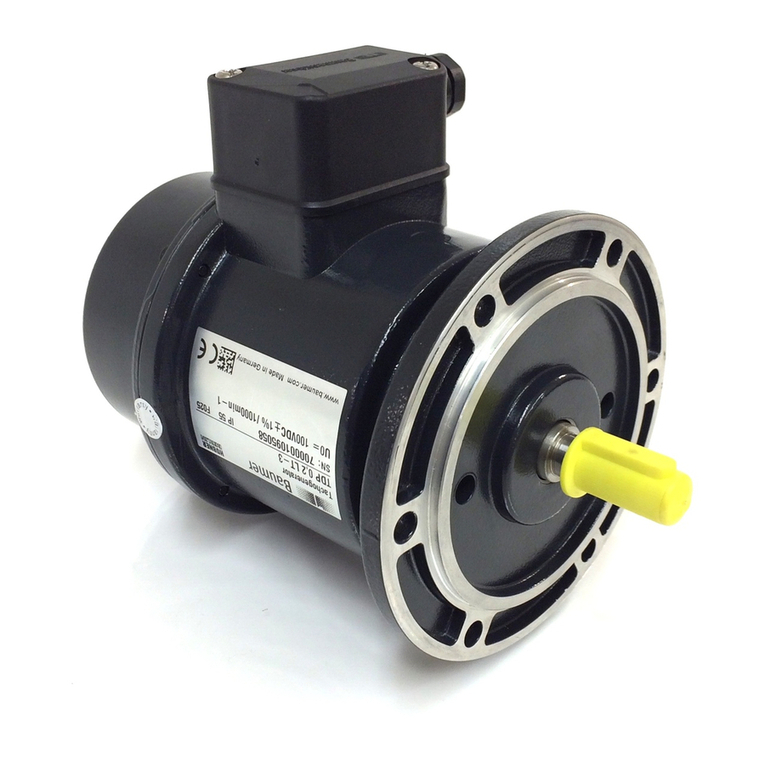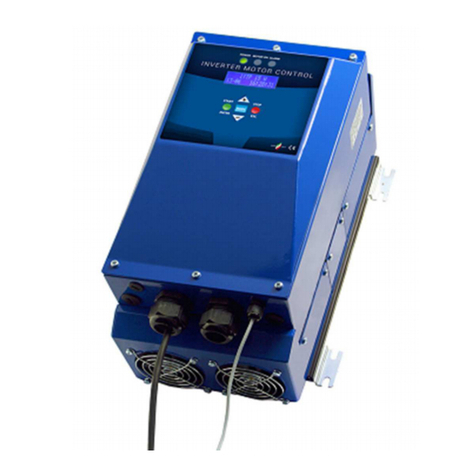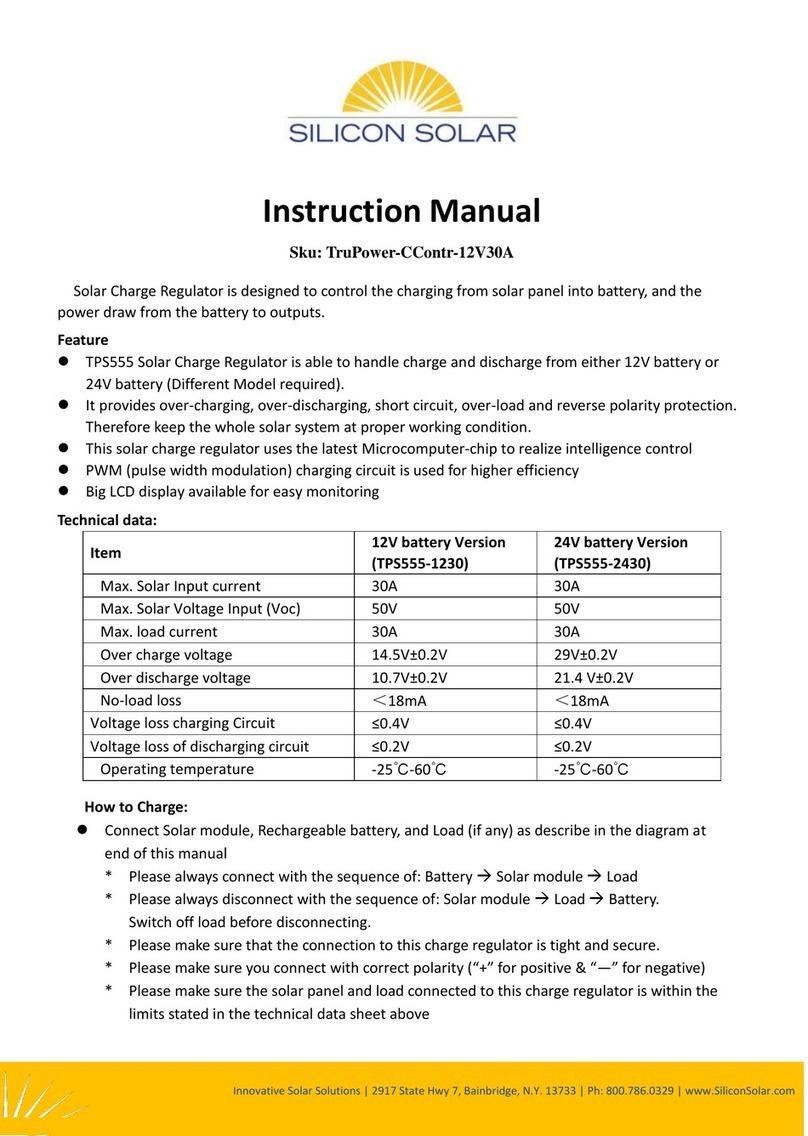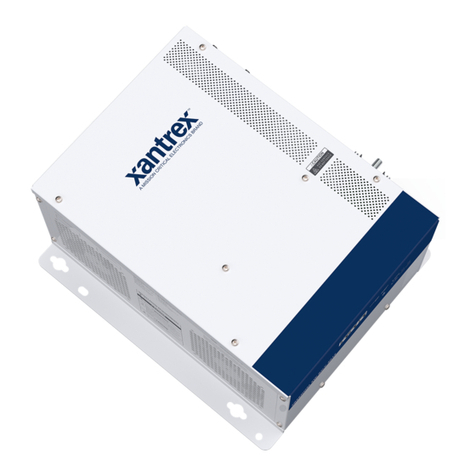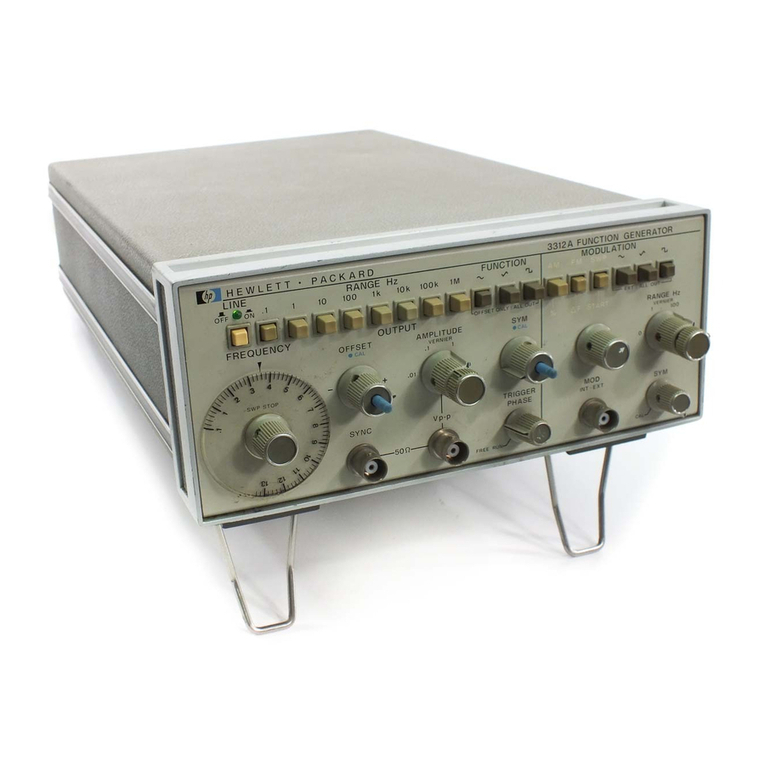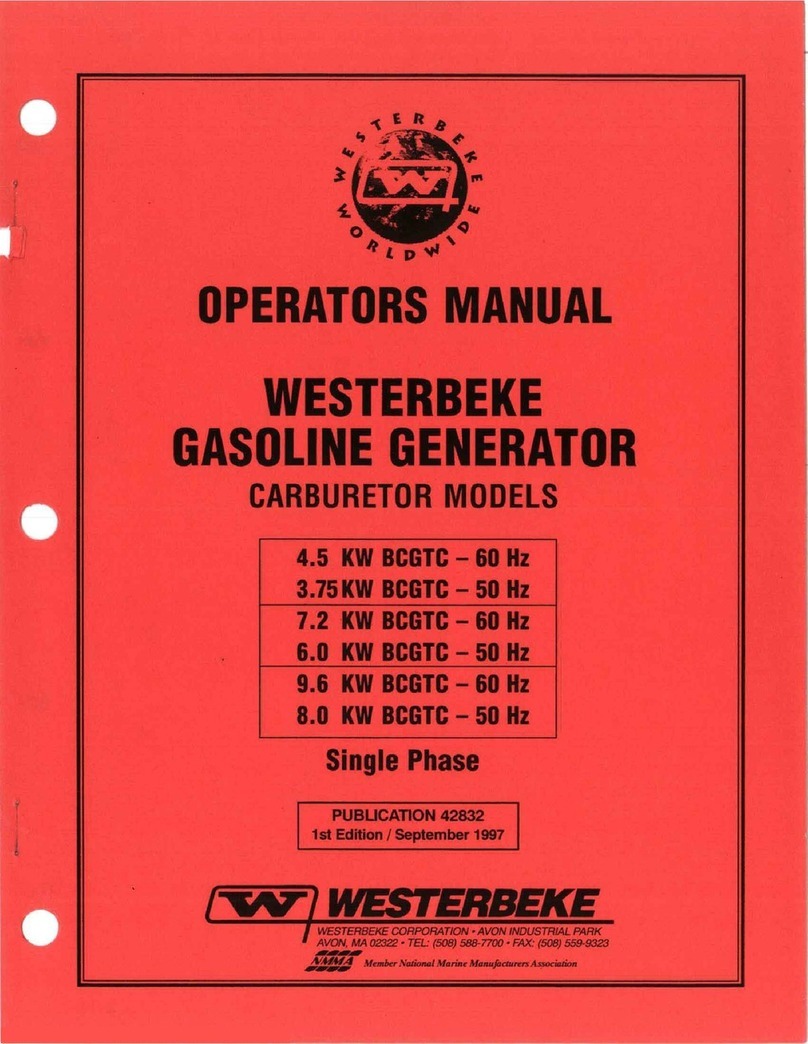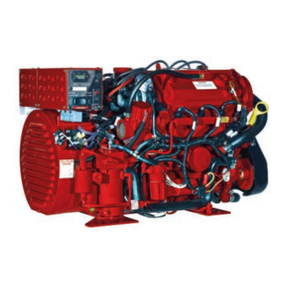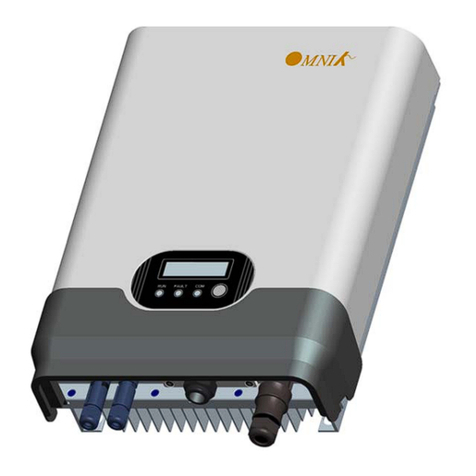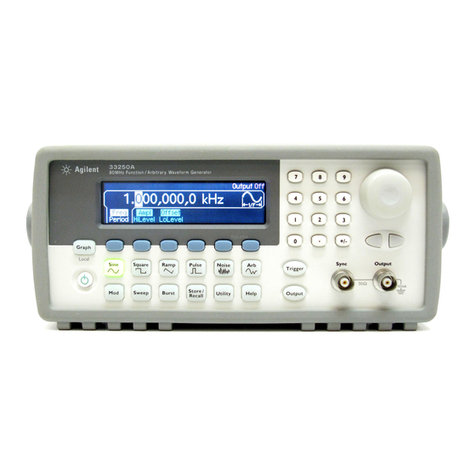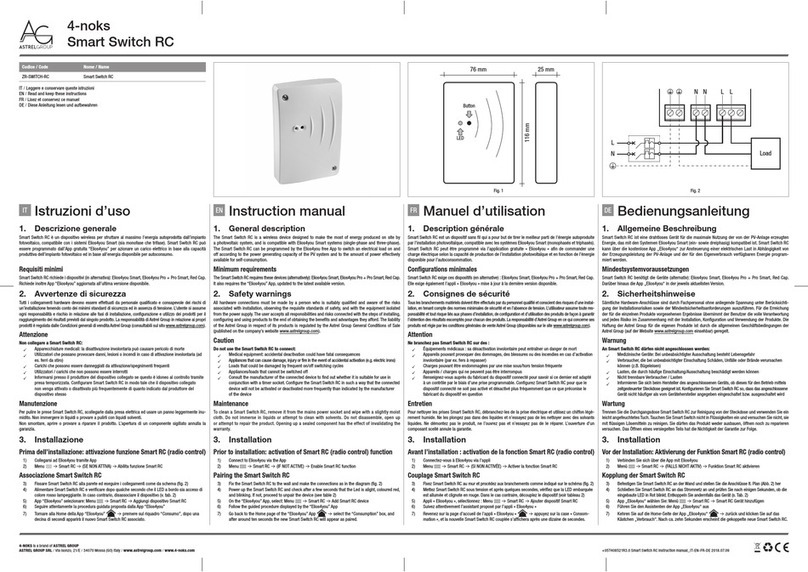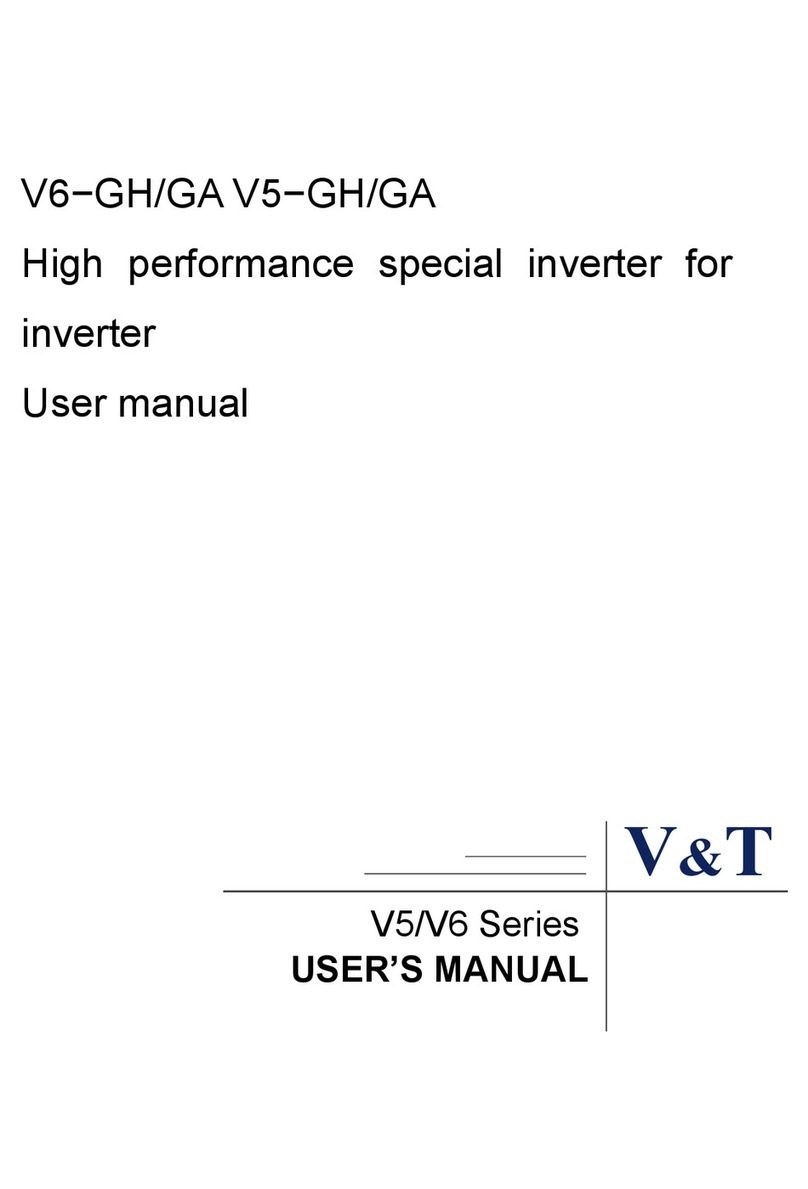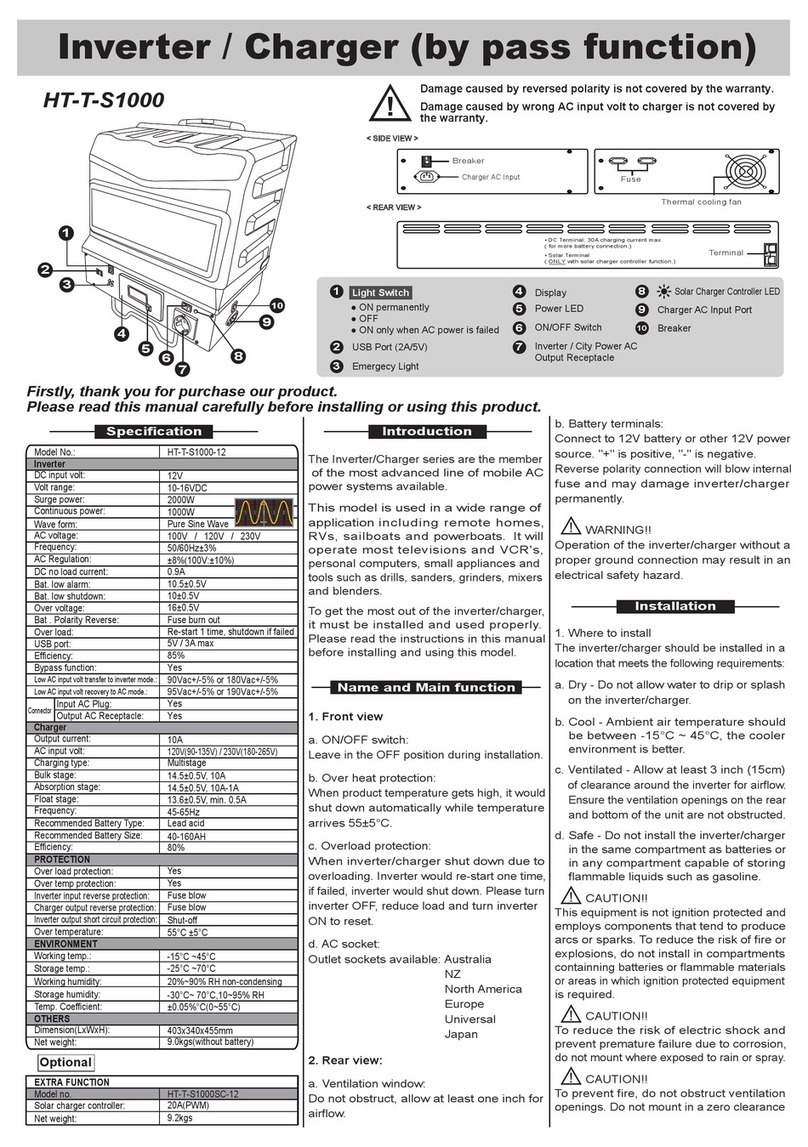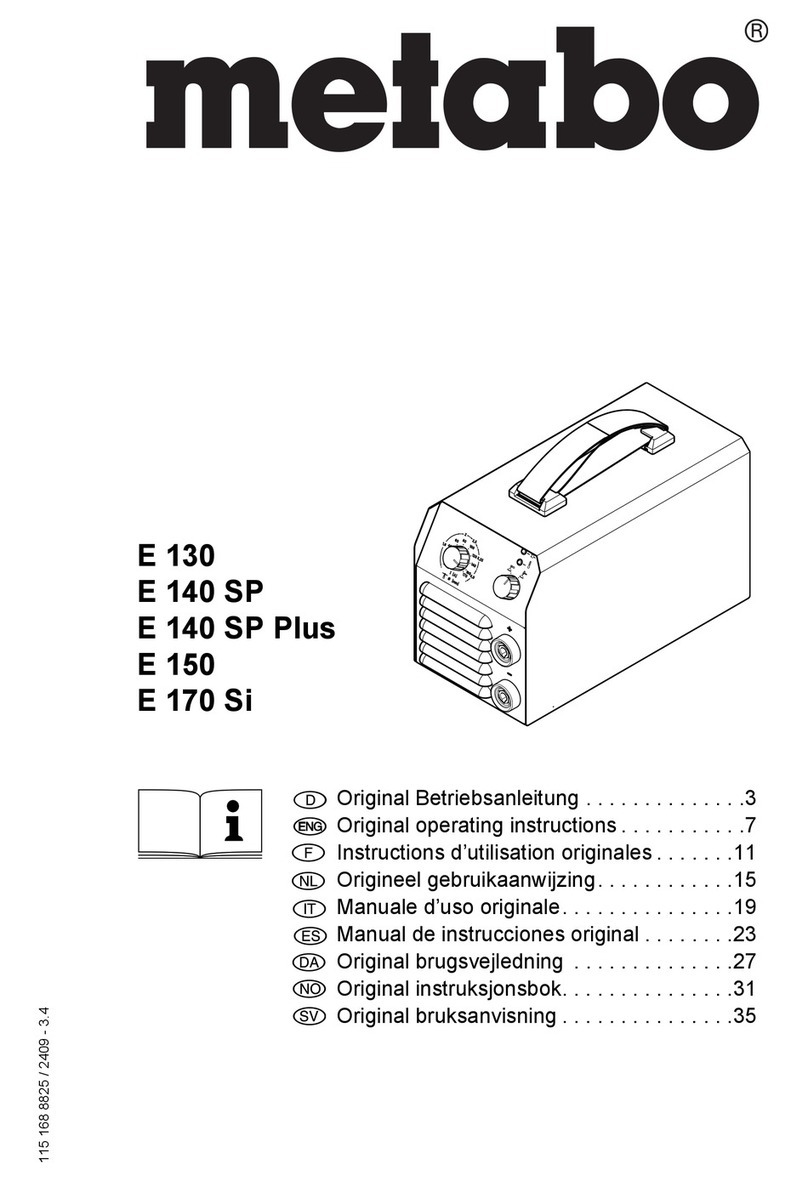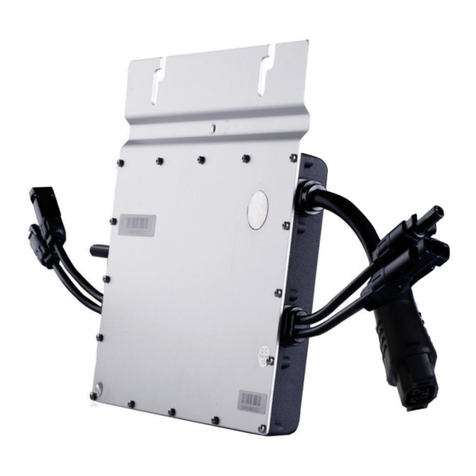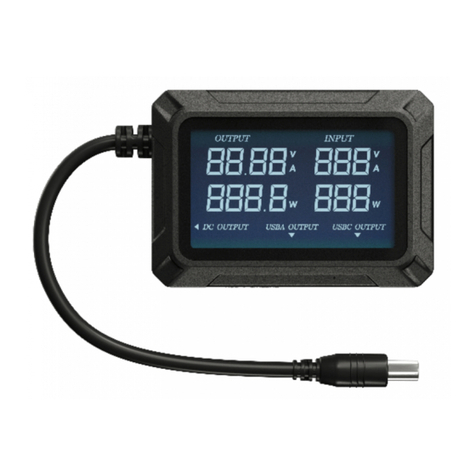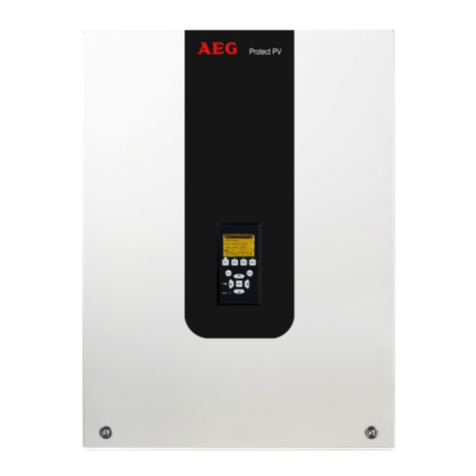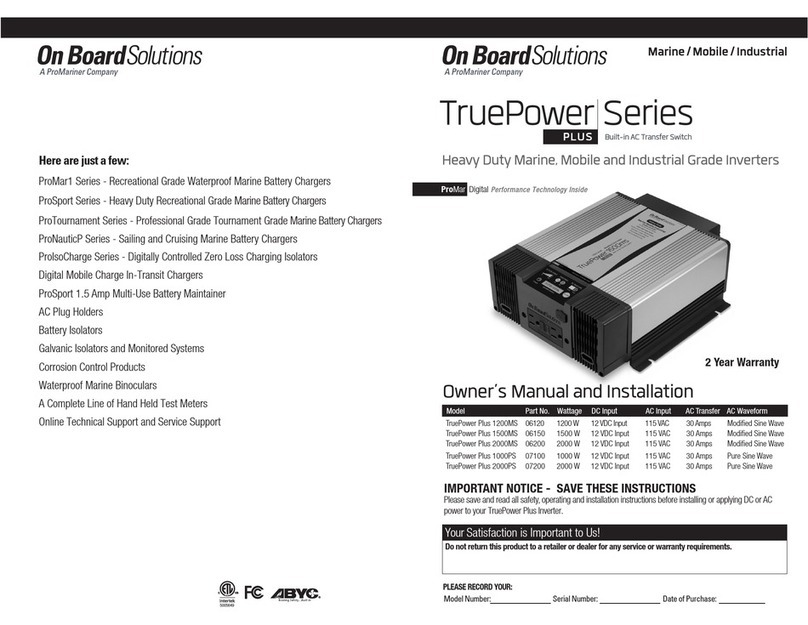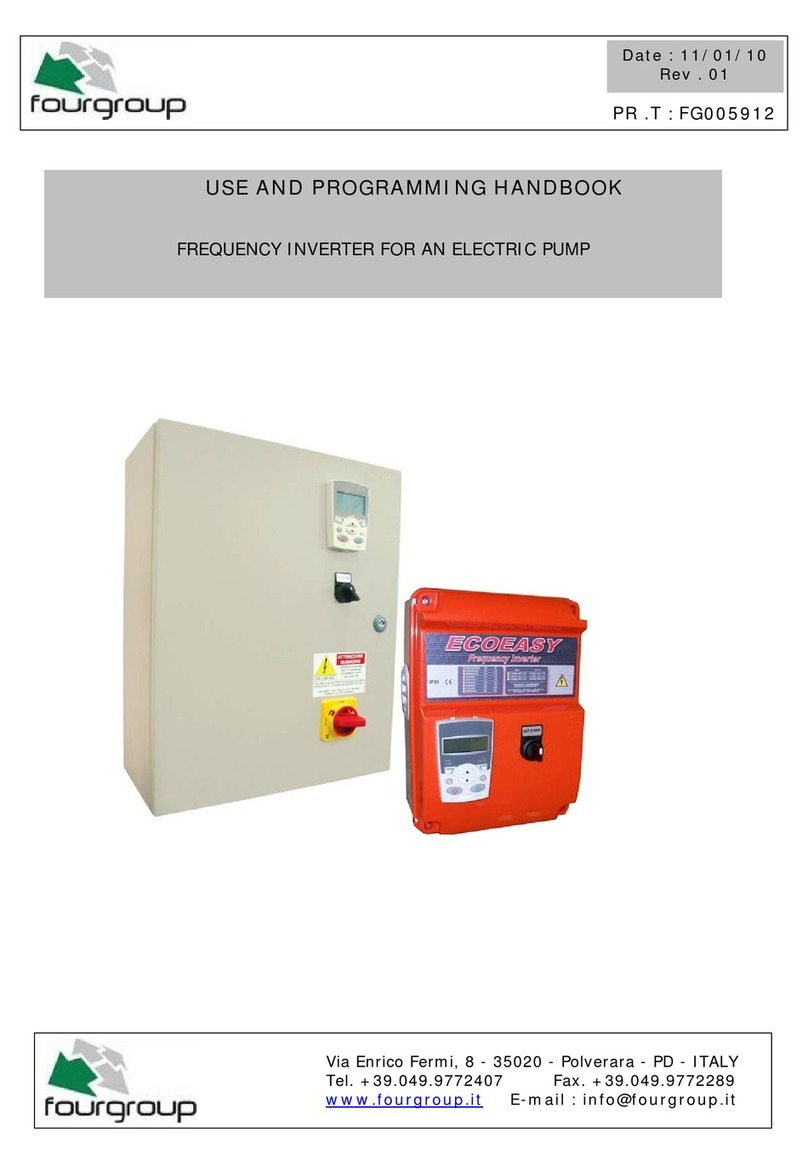
TABLE
OF
CONTENTS
Installation
...........
~
..................................................
2
Oil
Pressure
.......................................................
50
Parts
Ide
rr
rD'
nI
Ica
Ion
rawlngs
..............................
.3
Actuator
....................
:
............................................
51
Introduction·
.............................................................
4
Service
Limits
Chart..
........................................
52
Serial
Number
Location
.......................................
..4
Alternator
Testing
.............................................
54
Engine
Troubleshooting
.........................................
5
Wiring
Diagrams
Testing
for
Overhaul..
.............................................
9
Engine.Disassembly
.............................................
10
Engine
Inspection
.................................................
16
#54193 1O-15Kw
EDT
3 Phase .....................
57
#54655 1O-15Kw
EDT
3 Phase
24V
.............
58
#53477 5.5Kw EDCI7.6-15 EDT
24V
...........
59
#54628 5.5Kw EDCI7.6-15 EDT ..................
60
Assembly
...............................................................
28 #54680 5.5Kw EDCI7.6-15 EDT
24V
..
,...:...
61
Thermostat
............................................................
34
#52793 5.5Kw EDCI7.6-15 EDT ..................
62
Actuator
...........
:
....................................................
.34
Specification
Charts
..........................................
63
.
Heat
Exchanger
.....................................................
35
hijection
Pump
..................................................
36
Injection
Pump
Timing
......................................
37A
Governor
.............................................................
38
Fuel
Injectors
.~~
................................................
.40
.
Glow
Plug
Testlng
.............................................
.41
Starter
Motor
....................................................
.42
Raw
Water
Pump
..............................................
.46
Valve
Clearance
...............................................
.48
Air
Intake
.........
,
................................................
.49
Testing
Engine
CompreSSion
............................
.49
Drive
Belt
Adjustment
......................................
.49
Generator
.
Information
.......................................
68
BT
Generator
Single
Phase
...............................
70
Generator
FrequencyNoltage
Changes
............
75
I t
mal
W"
D'
n e
iring
lagram
....................................
78
BT
Troubleshooting
3
Phase
.............................
79
Voltage
Regulator
AdJustments
........................
81
Torque
Specifications
.......................................
82
Special
Tools
....................................................
83
Remote
Oil
Filter
.....................
:
.........................
84
Remote
Stop/Start
PaneL
................................
84
Hardware
Chart
.................................................
85
Metric
Conversion
Data
...................................
86
~
WESTERBEKE
Engines & Generators
1
